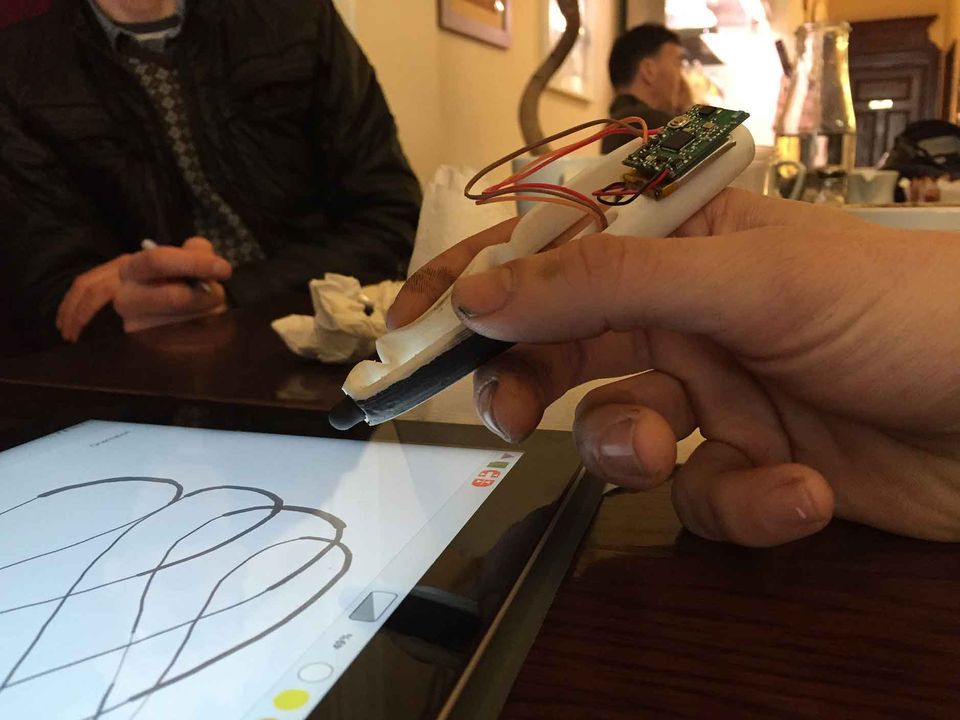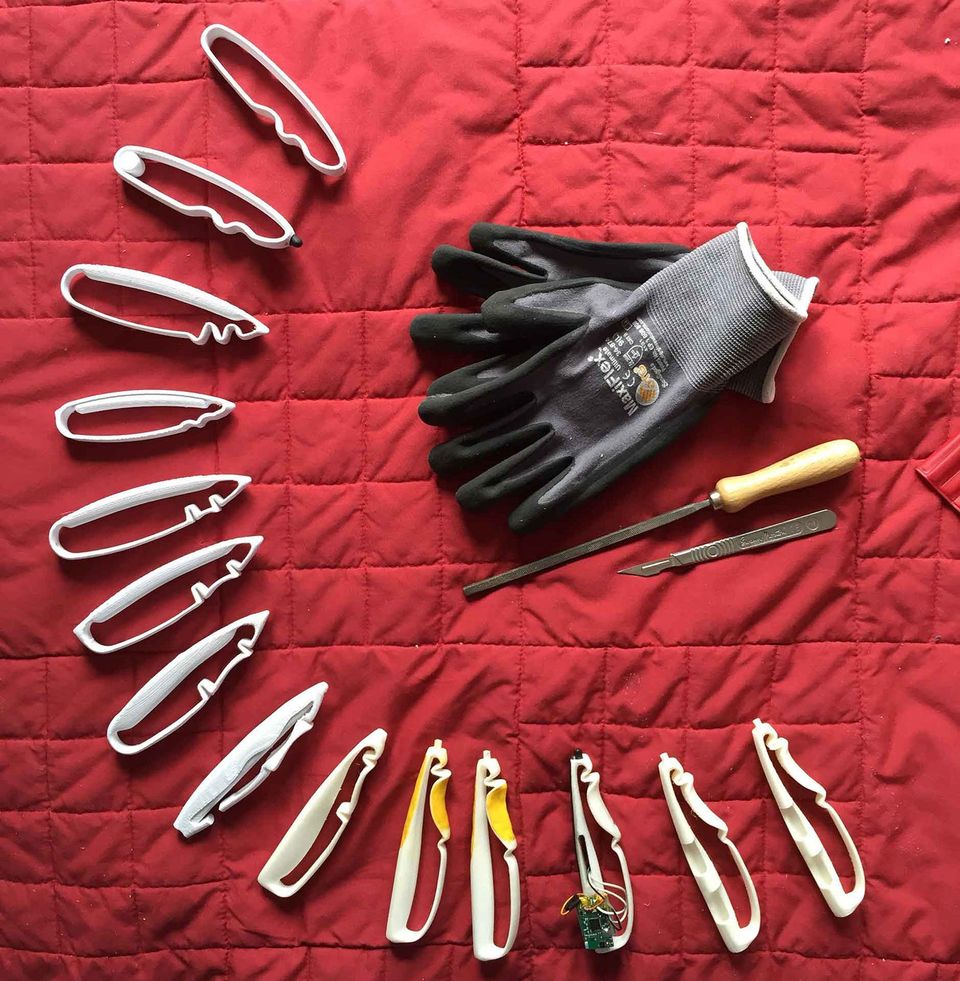Hacking investment with a proof of concept
Website Editor • February 26, 2020
Follow market demand, based your concept in customer need, develop a strong proof of concept, and investment will come.
Looking for investment, look for proof of concept.
The road to success for the start-up is littered with daunting challenges, the greatest being finding investment. The most common reason why start-ups fail is that they are starved of capital. They don’t have the necessary resources to continue to develop or expand, and slowly they end up either in voluntary liquidation or bankrupt. The golden rule for the wary entrepreneur; when looking for investment, show a clear proof of concept.

What is it?
POC has come to represent different things, depending on the industry. In a business and startup context, it means demonstrating to investors and the market that the concept is financially viable and that the market economics are sufficiently attractive to warrant further investment. The guidelines would be for the enterprise to clearly demonstrate that their projected revenue model, cash flows, customer acquisition and growth strategies are reasonably attainable. If they can satisfy these KPI’s, it can prove that there is actual market value.
Why is it so important?
Traditionally, start-ups share a similar journey regardless of the substance of the enterprise. They happen upon an opportunity which excites them to action. They find initial triple F investment (friends, fools, family), and they begin product development. This systematizes a cycle of inherent problems for the enterprise. Without budgeting for POC, the enterprise sinks its resources into R&D and product development, and when it comes time to look for venture capital they have no solid proof of concept.
Instead of exhausting resources on R&D and product development, all seed stage enterprises must set aside a budget for POC. Without doing this, the enterprise will struggle to build an appropriately sized following, that will sufficiently convince VC to invest.
How?
Here a couple of guidelines for any seed stage enterprise, looking to provide a proof-of-concept;
- Plan; because of the limited resources start-ups possess, they must plan ahead. Be aware of what specific metrics investors are seeking and allocate a portion of the budget accordingly. If this isn’t done on day one, the chances are the enterprise won’t have another funding opportunity to make it happen.
- Growth; all the key performance indicators for proof-of-concept are based on the one fundamental metric, customer acquisition. VC’s are always looking for companies that show characteristics of exponential, viral growth. This of course is not always possible, however all start-ups must show that they have strong growth capabilities. Show that the enterprise has increased its user base monthly, and you’re on the right track.
- Cost; customer acquisition can be an expensive process if the product has no in-built viral growth capabilities. Therefore, enterprises should base its marketing strategy and budget around the cost of acquisition per user. The enterprises that are most successful in getting VC backing, have low user acquisition costs and high growth characteristics.
Finding investment is a difficult process for any start-up. The chasm between proper investment and product development usually strains the enterprise to breaking point as resources and will slowly erode. Having a pre-allocated budget for proof-of-concept is fundamentally important for gaining investment. Our advice is to do it early, and align it with metrics that investors will later judge the value of your enterprise on.
Articles

The United Nations has described the disruption to education caused by the pandemic as ‘unparalleled’. At the virus’ worldwide peak in April, it is estimated that over 90% of all enrolled learners, from kindergarten to bachelors and beyond, had their education affected by school closures and the pandemic (UNESCO). For many university students and older children, they have had to adapt quickly to online learning. They can keep in touch with their peers and teachers online and continue their studies, albeit in a highly modified way. As challenging as this may be, this experience will help equip them for a future that is increasingly online. For parents of younger children, they are assuming a new role: their child’s home school teacher. This is in addition to their usual childcare and household duties, their work responsibilities and often emotional and financial worries caused by the pandemic. Stressful? Yes. The good, and somewhat surprising, news? The experts advise that you don’t teach your children - at least not in the way you might expect.

If the recent outbreak of Covid-19 has taught us anything, it's that many adults do not wash their hands effectively. It has never been more important that we support our children to develop good personal hygiene to keep themselves and our families safe. This seemingly easy task can be very difficult for children with fine motor skill difficulties. In this article, we explore some ideas to support your child with hand washing.

Lockdown has brought the digital future into the now. Online shopping, entertainment, education and more have moved from the periphery to the mainstream to, in many cases, the only option. With the necessity of social distancing looking to continue for many months, it appears that this rapid digital revolution is here to stay. This means that life as we know it, in most of its sectors, has changed forever. In order to survive, businesses are having to adapt rapidly, embrace technology and look to the future. Architecture is no exception. There has been a widespread adoption of technology and VR over the past few months in response to the lockdown across all of society. Elderly grandparents who were once resistant to adopt new technologies talk of “Zooming” and have started video chatting with their family members to combat loneliness. Art galleries that were once considered stuffy or pretentious are now pioneers in VR technology, with Google Art & Culture offering tours of London’s National Gallery or the Musee D’Orsay in Paris. These virtual tours deliver art in a dynamic new way that can be far more engaging than regular photos. Critics have applauded the panoramic and immersive views of gallery building and exhibitions which work well for rendering of 2 dimensional art, however impressions of sculpture is somewhat lacklustre. With VR technology, users can enjoy a truly immersive experience in the comforts, and safety, of their own home. The COVID-19 pandemic has served as an accelerant for the arts and entertainment industries to embrace VR.




